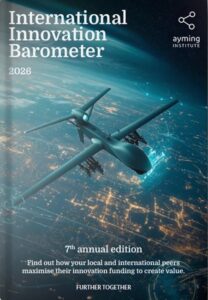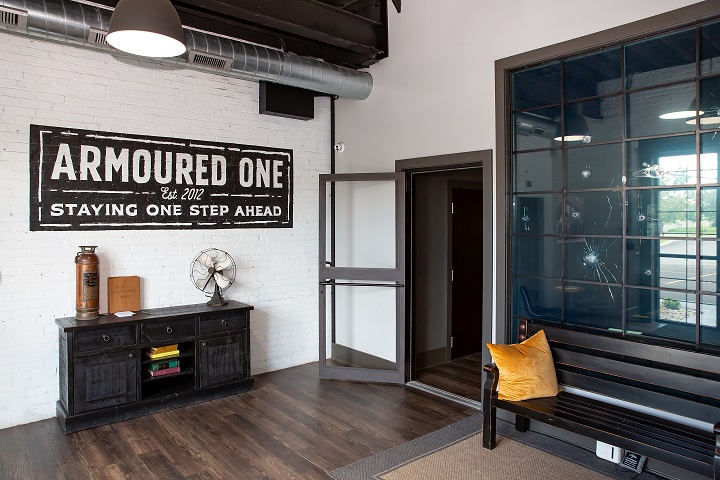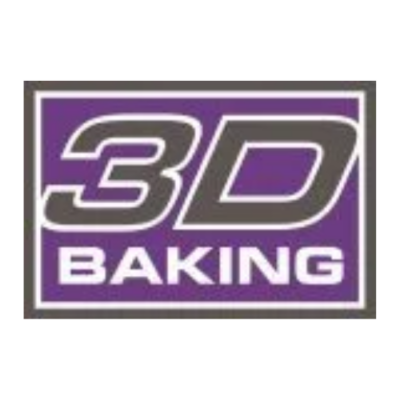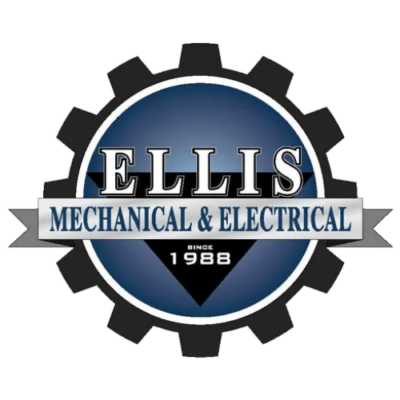Software & tech companies are often asset-light, but they’re innovation and infrastructure heavy. These companies face pressures from competition, performance expectations, energy usage, and evolving regulations.
Many of the R&D Tax Credits, 179D Tax Deductions for energy and Cost Segregation depreciation incentives are especially relevant to put money back into growth.
Software & Technology
Addressing the key challenges
Companies within the software and tech sectors, large or small, must innovate or they’ll soon be left behind. Companies in the software and tech industry may qualify for valuable R&D Tax Credits and 179D Tax Deductions.
Whether it’s developing new software, creating heads-up display interfaces, or designing new graphics engines, these incentives can reward innovation and technical advancement.
These incentives reward innovation, efficiency, and technical advancement across the industry. By partnering with tax experts like Ayming, companies can maximize their tax savings and reinvest in future growth.

Frequent releases, new features, updates, user-experience optimization, bug fixing, machine learning, AI models, performance & scalability improvements all involve constant innovation.

While many software companies are cloud-based, others maintain their own servers, data centers or hybrid setups, which consume power. Even office and campus environments have energy demands. Improvements to buildings could qualify for 179 Tax Deductions.

Software companies often invest hardware or facilities. A Cost Segregation study identifies what counts as capital vs expense, ownership vs lease is complex when filing these items for tax purposes.

Security, privacy, and regulatory compliance often constrain how you innovate. Sometimes technical improvements are expensive, requiring validation and performance trade-offs. When these efforts involve developing new processes, architectures, or software capabilities, they may qualify for the R&D Tax Credit to help offset innovation costs.

Frequent releases, new features, updates, user-experience optimization, bug fixing, machine learning, AI models, performance & scalability improvements all involve constant innovation.

While many software companies are cloud-based, others maintain their own servers, data centers or hybrid setups, which consume power. Even office and campus environments have energy demands. Improvements to buildings could qualify for 179 Tax Deductions.

Software companies often invest hardware or facilities. A Cost Segregation study identifies what counts as capital vs expense, ownership vs lease is complex when filing these items for tax purposes.

Security, privacy, and regulatory compliance often constrain how you innovate. Sometimes technical improvements are expensive, requiring validation and performance trade-offs. When these efforts involve developing new processes, architectures, or software capabilities, they may qualify for the R&D Tax Credit to help offset innovation costs.
Expertise
How we can help to maximize your results
R&D Tax Credit
Many software activities can qualify under the R&D tax credit when structured correctly. Our R&D Tax Consultants will help support your software innovation & improve development ROI.
179D Tax Deduction
While 179D is more frequently discussed for more traditional commercial real estate, software & tech companies can benefit, especially if they own their office buildings, labs, or data center. Our in-house 179D Tax Specialists and energy modelers will document and qualify every potential project to ensure your company maximizes your well-earned tax incentives.
Cost Segregation
When software & tech companies own physical properties or invest in sizable hardware/infrastructure, Cost Segregation will accelerate depreciation deductions of these components. Our Cost Segregation experts calculate all possible options to ensure you receive the maximum depreciation benefit.












